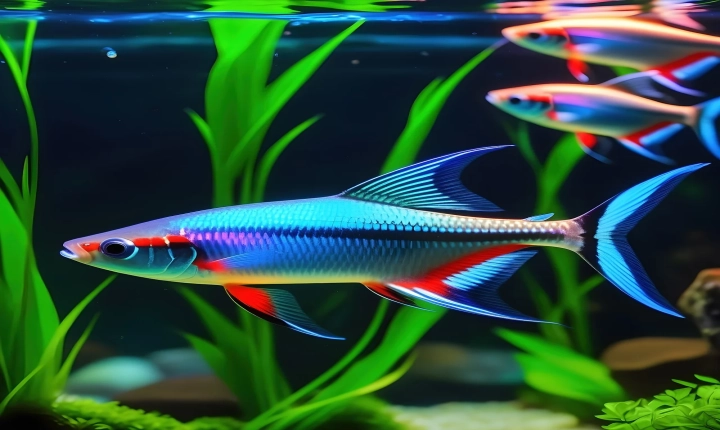Title: The AI Dilemma: How Artificial Intelligence Creates a Lack of Creativity
In recent years, the rise of artificial intelligence (AI) has brought about a multitude of benefits and advancements in various industries. From improving efficiency in manufacturing to enhancing personalized recommendations in online shopping, AI continues to revolutionize the way businesses operate and individuals interact with technology. However, amidst these advancements, there is growing concern about the potential impact of AI on human creativity.
One of the primary ways in which AI creates a lack of creativity is through its ability to automate tasks that were previously performed by humans. While this automation has undoubtedly led to increased productivity and efficiency, it has also resulted in a reduction of opportunities for humans to exercise their creative thinking and problem-solving skills. As a result, there is a risk that individuals may become overly reliant on AI to perform tasks, thereby diminishing their own capacity for creative thinking and innovation.
Furthermore, AI’s reliance on data and algorithms to make decisions can lead to a lack of originality and diversity in creative outputs. AI systems are typically trained on large datasets, which can inadvertently reinforce existing patterns and conventions, leading to a homogenization of creative ideas and solutions. This can stifle the emergence of new and unconventional perspectives, limiting the potential for breakthrough innovations and artistic expressions.
Another significant concern is the potential for AI to influence human behavior in ways that discourage creative exploration and experimentation. As AI algorithms are often designed to optimize for specific goals, they may inadvertently steer individuals towards more predictable and risk-averse choices, which can inhibit the willingness to explore unfamiliar and unconventional paths. This can lead to a narrowing of creative thinking and a resistance to embracing ambiguity and uncertainty, which are essential elements of the creative process.
Moreover, the increasing reliance on AI for creative tasks, such as music composition, design, and content generation, raises questions about the authenticity and originality of the resulting works. While AI can mimic existing styles and patterns, it often lacks the emotional depth and authentic human experience that underpins truly original creative works. This can lead to a devaluation of genuine human creativity and a proliferation of superficial and derivative creations.
Despite these challenges, it is important to recognize that AI has the potential to complement and enhance human creativity when utilized thoughtfully. By leveraging AI as a tool to augment, rather than replace, human creative capabilities, individuals can harness its computational power to generate new insights, stimulate innovative thinking, and streamline repetitive tasks, thereby freeing up time for more meaningful creative pursuits.
In conclusion, while AI offers immense potential for improving efficiency and solving complex problems, it also presents significant challenges in fostering and preserving human creativity. As AI continues to permeate various aspects of our lives, it is important to tread carefully and consider the implications of its impact on creative thinking and innovation. By embracing a balanced approach that leverages AI as a supportive tool while nurturing human creativity, we can mitigate the risk of creating a future devoid of originality and innovation.
